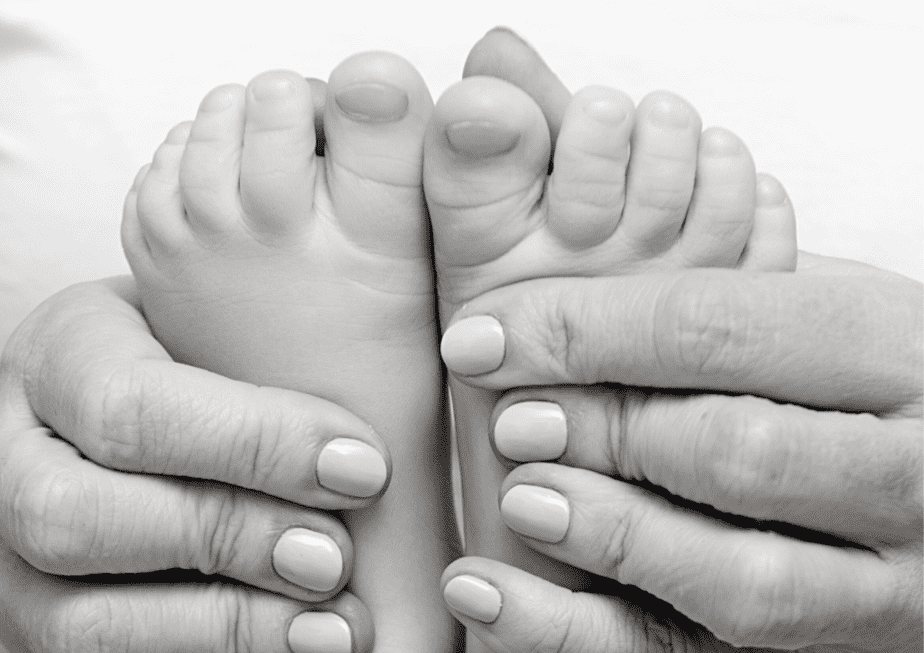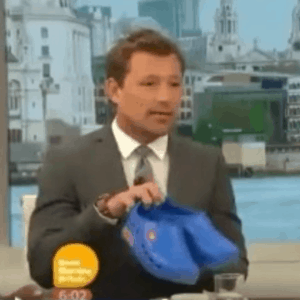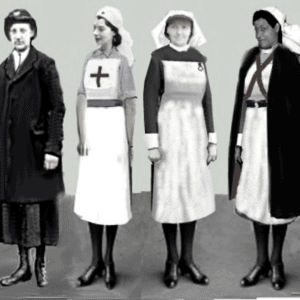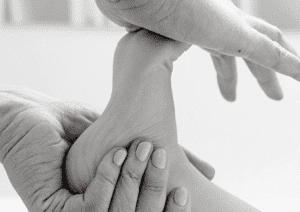Juvenile arthritis is not one specific disease but rather a term for any type of arthritis that affects a child under 16. To be diagnosed with juvenile arthritis one or more joints should be inflamed and painful for at least six weeks.

The most common form of Juvenile arthritis is known as Juvenile Idiopathic Arthritis (JIA) and affects approximately 16-150 children in every 100000. Idiopathic means there is no known reason why a child may develop arthritis. It is thought they may be predisposed due to certain genes that may be triggered by something in their environment such as a virus or bacteria. Juvenile idiopathic arthritis includes six different types:
- Oligoarthritis: most common type of JIA. Affects 1-4 joints, usually the large ones (knees, ankles and elbows). Usually resolves without causing any long-term damage.
- Polyarthitis: second most common type. It affects 5 or more joints, frequently on both sides of the body and may affect large and small joints. Polyarthritis accounts for 25% of cases of JIA and the symptoms are similar to adult rheumatoid arthritis.
- Systemic: accounts for about 10% of cases of JIA. Starts with symptoms of illness such as fever that lasts at least 2 weeks and rash. Joints may then become inflamed and swollen. Affects the entire body including joints, skin and internal organs.
- Enthesitis-related-typically affects boys aged 8-15. Commonly affects the legs and spine, causing inflammation where the muscles, tendons and ligaments attach to the bone.
- Psoriatic Arthritis-children have arthritis and either psoriasis or a parent or sibling with psoriasis. Psoriasis is a scaly rash which may start before or after the arthritis symptoms. May cause swelling in the fingers or toes and can affect small and large joints.
One of the main treatment goals for someone with JIA is to relieve symptoms, control pain and improve quality of life. JIA may affect the ankles and feet, most commonly in polyarthritis and enthesitis-related arthritis. This can cause foot pain and difficulty walking. A supportive and cushioning insole may help relieve symptoms and reduce pain.
The insoles we recommend for Juvenile Arthritis are: PROGENIE
Would you like to know more about common foot pain problems before making a choice? You may find one of the following blog articles useful:
Severs Disease – Click here to read our ‘Child Foot Pain – Severs Disease’ blog to find out more.
Flat Feet (Pes Planus) – Click here to read our ‘Child Foot Pain – Flat Feet (Pes Planus)’ blog to find out more.
Hypotonia – Click here to read our ‘Child Foot Pain – Hypotonia’ blog to find out more.
Juvenile Arthritis – Click here to read our ‘Child Foot Pain – Juvenile Arthritis’ blog to find out more.
Plantar Fasciitis – Click here to read our ‘Foot Pain – Plantar Fasciitis’ blog to find out more.
Paediatric Bunion – Click here to read our ‘Foot Pain – Bunions’ blog to find out more.
Find us on social media here:









